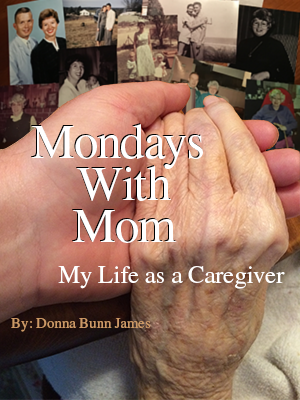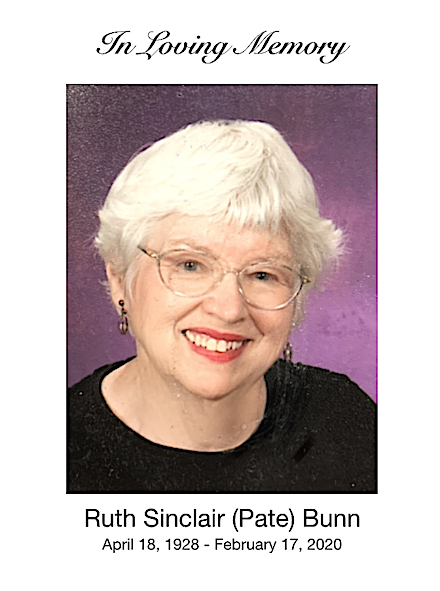
Last week, I started a connection series of articles about Caring for Mother. Virginia Stem Owens’ book resonated with me in many ways. Here’s a link to last week if you missed it. More than any other book, I’ve found so much commonality and words that have hit me at exactly the correct time. In chapter six, Owens wrote about her personal struggle when she was diagnosed with glaucoma.
After a year of questions and three doctors, she headed into surgery. Her study of the disease lead to more questions and no answers. How long would this surgery fix last? The doctor told her that he had no idea.
Facts about blindness, I’m learning, can turn as slippery as those about the brain. The odds elude calculation. Those, like me, with end-stage glaucoma, don’t slide down a gradual incline into darkness. Instead they drop over the edge…I could wake up one morning with all my sight having drained away overnight.
I, too, have been given a prognosis. Like Owens, I wonder how it will affect my caregiving. My left knee’s cartilage has worn away. (I think it’s too many years of playing piano while standing; I would put all my weight on my locked knee so my right foot could use the pedal.) Surgery is in my future, but in the meantime, I plan to get along with shots, anti-inflammatory medicine, and braces. The most difficult part is the debilitating pain that settles in from nowhere, often when I am in the process of walking with Mom. Without four to six weeks of time to spend afterward for therapy and recuperation, however, I’m not even going to consider surgery now.
Owen’s own since of pragmatism and fortitude reached me through this book at exactly the right time. Her stoicism was spot on: in the face of being called disabled, only to have the speaker apologize for the remark, she said, “Listen, obviously something is very wrong with me. Not being able to see is definitely disabling. Don’t worry. The truth doesn’t offend me.”
Lately, I’ve had to slow down while walking with friends. I’m used to walking quickly, but until this knee gets settled, I’ll have to adjust my pace. Standing requires a bit of effort, especially if I don’t have something in front of me to pull up on.
I love to play in the dirt. Unfortunately, I now wonder how I’ll be able to manage to get up from the ground once spring is officially sprung. I’ve been shopping for ergonomic tools and planning to set up a potting table so I won’t have to kneel. Accommodations will have to be made to work around my disabled knee. Owens’ love of reading caused her to convert to Talking Books from the Library of Congress.
My greatest loss has not been of words, but of landscape. The detail of outdoors. Crips horizons, leaf veins, concentrated color I still prefer the real world to look like Wyeth rather than Renoir.
My friend Lee tells me I am living her worst nightmare. But I can think of far worse hardships. My mother’s, for instance. I may be losing my sight, but she’s losing her self. Some parts of us are more expendable than others.
In light of all Mom’s difficulties, a knee’s cartilage is quite expendable. I can certainly get by although I may have to hobble a bit. Going down stairs and walking backwards is a painful endeavor, but I’ll manage. As I look at this beautiful woman beside me, I know that nothing will stand in the way of caring for her.

